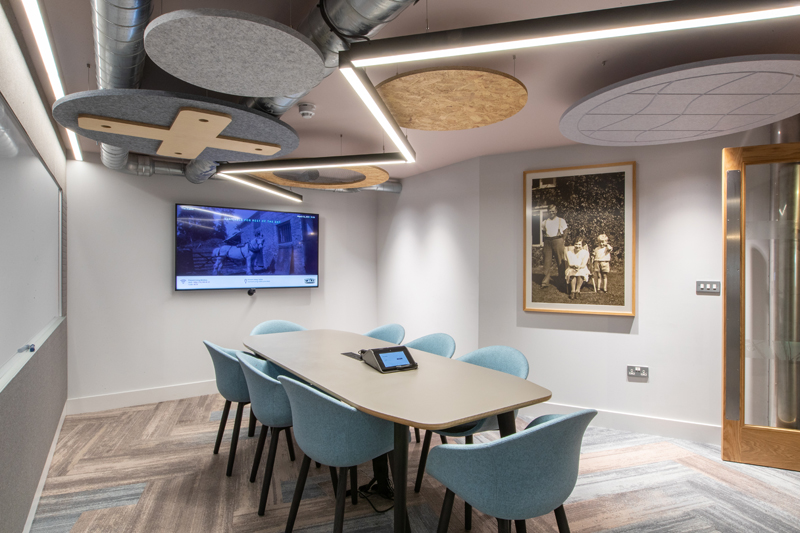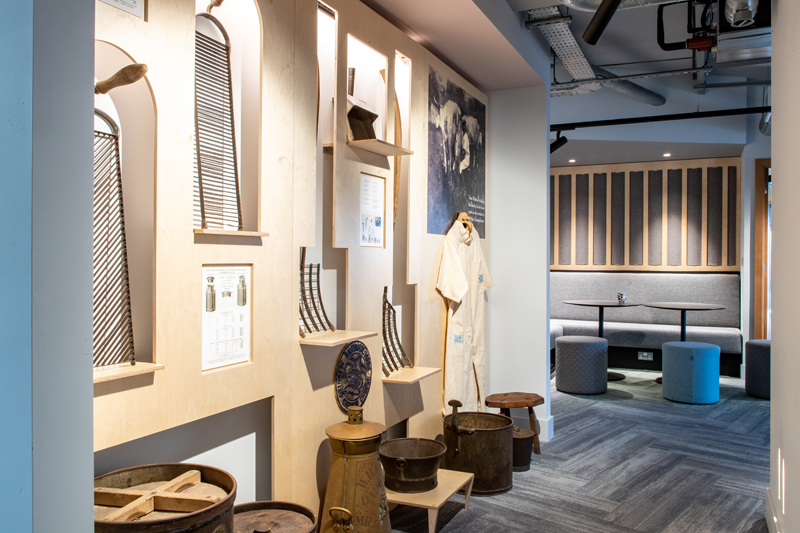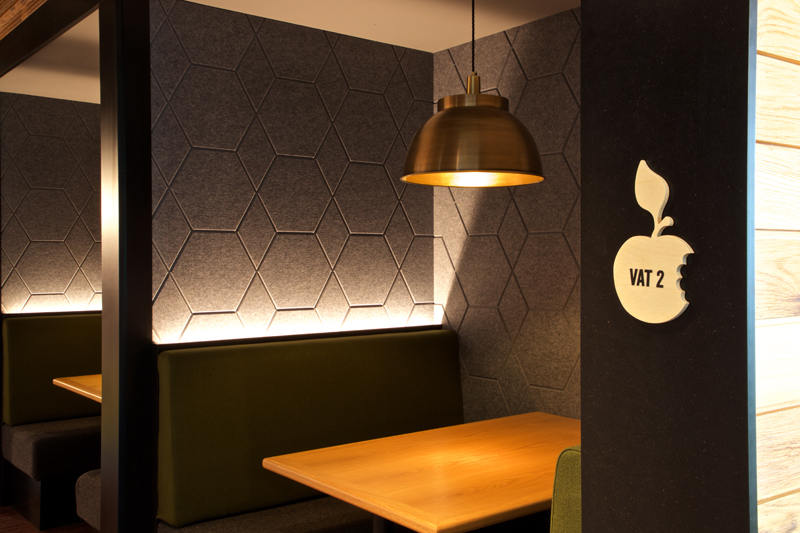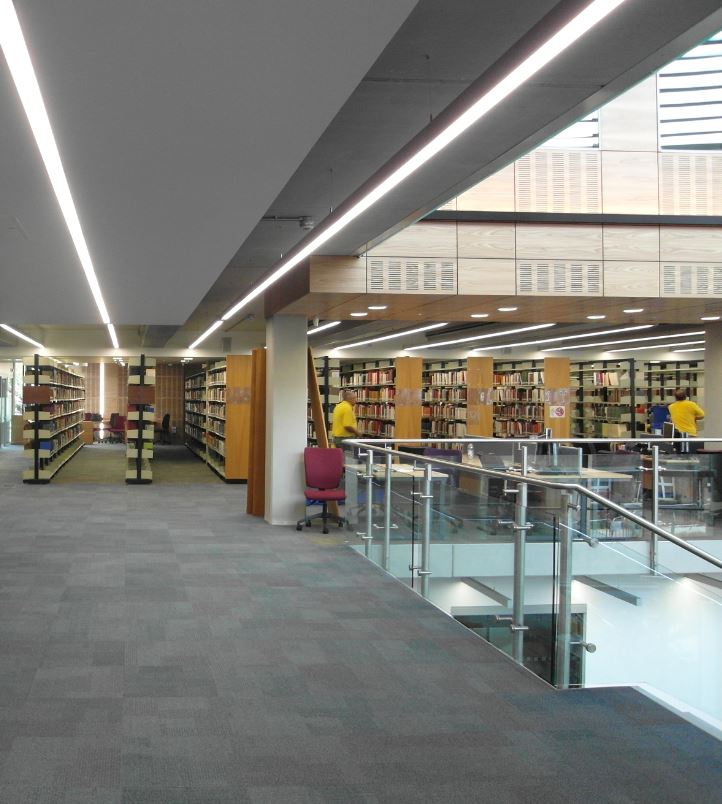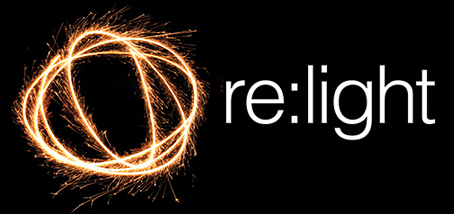LEDs (Light Emitting Diodes) are the future of lighting. Making the switch (pardon the pun) to LED has a multitude of benefits, not least including a 75% reduction in energy consumption.
Our associate Julian Birch, MD of LED specialists Optaled gives his four top reasons for upgrading to LEDs.
1. LOWER UPFRONT COSTS
One of the reasons businesses put off switching to LED technology is the associated costs. When LED lighting was in its infancy, the initial costs were very high, however this is no longer the case, especially if you choose retrofits, which is when you put new LED lights in existing fittings
2. REDUCED MAINTENANCE COSTS
One of the biggest downsides of high intensity discharge lamps is their high maintenance costs.
The lamps have very short life expectancies and a very high rate of lumen depreciation so they usually have to be replaced before they even reach the end of their lives. Changing these lamps is a time-consuming process and electricians will typically change them all together to reduce the expense.
LEDs on the other hand have very low maintenance costs as they have the longest lifespans of all lighting technologies. Their shortest lifespan is 50,000 hours, which means you can use them for years without having to replace them. They also retain 70% of their brightness for their entire lives and don’t have to be replaced before their lifetimes come to an end.
3. A GREAT WAY TO FUTURE-PROOF BUILDINGS
As environmental pollution continues to have a negative impact on our planet, governments are passing new laws that require buildings to become energy-efficient.
LED lights use approximately 1/8 the power of incandescent lights because much of the energy from incandescent lighting is being wasted as heat – in contrast LED lighting should always be cool to the touch. Because of this, LED lights can further reduce energy usage in locations such as offices where air conditioning is in use, whether that be during the warmer months or all year round.
4. LESS WASTE
LED lights are designed to last. When you upgrade your lighting to LED, you may end up purchasing fewer lights as new generation LEDs have a high luminous efficacy – meaning they produce more lumens for each watt of electricity they consume. Since LEDs have a long lifespan, you won’t have to replace them for years, which means fewer materials will end up in landfills.
LED retrofits use fewer materials than a completely new fitting, lowering the total cost and the quantity of materials that need to be recycled or thrown away. Fluorescent lamps and some HIDs contain mercury which can be harmful to the environment if it is not disposed of properly. Switching to mercury-free LEDs and using fewer light bulbs means reducing waste and conserving resources.
Images of retrofitted LED lights: 1, 2 & 3 by Nick Smith, 4 by Optaled
